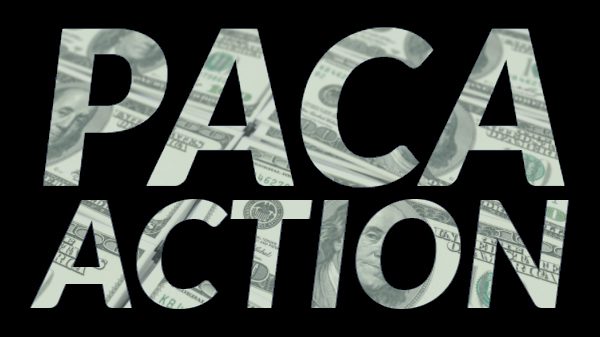Welcome to Blue Book!
Are you ready to join the thousands of companies who rely on Blue Book to drive smarter decisions? View our plans and get started today!
Still have questions? We’d love to show you what Blue Book can do for you. Drop us a line– we’ve been waiting for you.

Financial statements are a key part of any credit evaluation, but sometimes this component is absent from the equation. Since many buyers are private entities, management may be reluctant to disclose sensitive or complex financial information. Reasons can range from not having the technology to produce such documentation to a highly competitive market segment, or perhaps the company’s executives simply do not want to reveal anything that might give a credit professional pause.
When a request for in-depth financial information is declined, credit managers may be told “it’s policy,” or that such material is not routinely released, or that it is simply “not available.” Regardless of the reason, this doesn’t mean the company is an unacceptable credit risk, but it does require extra steps to investigate its creditworthiness.
Such an investigation normally involves a rather painstaking process to learn about the credit seeker. A review may include analysis of a completed credit application, credit agency reports, information from industry trade groups, bank information and/or trade references—anything a credit professional can get his or her hands on to review and to help make a decision.
Information Gathering
The prerequisite for a credit analysis is solid information, but having experienced credit personnel and guidelines for establishing credit is the foundation of any financial decision.
“It’s essential to have good policies and procedures in place to limit exposure,” asserts Debbie Gillis, director of risk management with Southern Specialties, Inc. in Pompano Beach, FL. “Measure your customers with metrics that identify trends,” she notes. “These reports are critical in keeping on top of a large asset on the balance sheet.”
And although a lack of financial statements eliminates the most useful source, there are many others to help determine a customer’s creditworthiness. The starting point is the credit application itself—which, when properly designed and filled out, should contain the lion’s share of details sought by a creditor. Chief among this information is references.
Contacting References
“The credit application gives me an opportunity to check references,” Gillis says, and this includes both trade references as well as banks and lenders.
For Cynthia Lott, a credit and collections administrator with an Illinois-based produce company serving the restaurant trade, talking to trade and bank references presents a picture of the company’s health, such as how and when vendors are paid, while banks will reveal information about secured or unsecured loans, lines of credit, and average balances.
For the latter, it’s important to note significant ups and downs, or the frequency of nonsufficient or returned checks.




